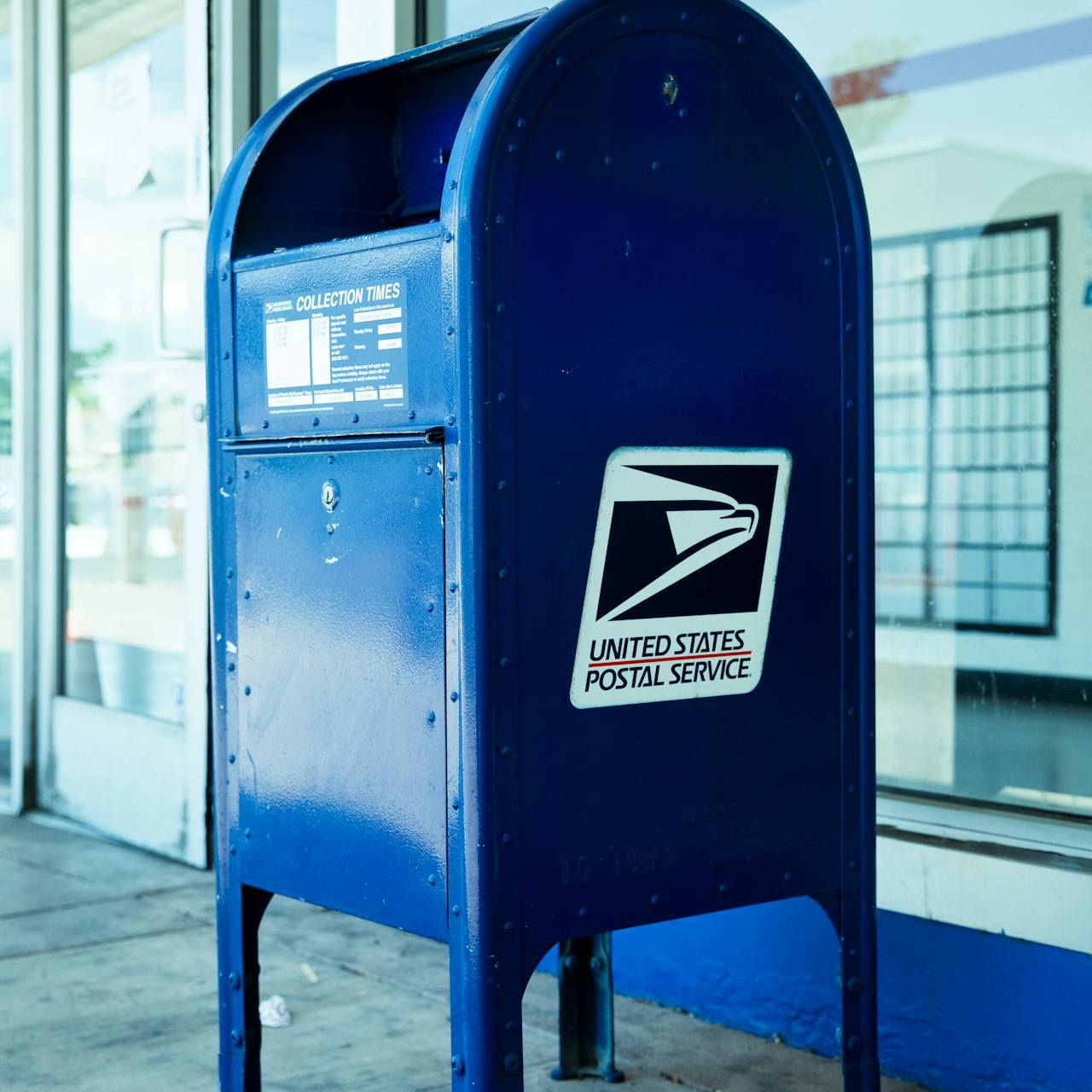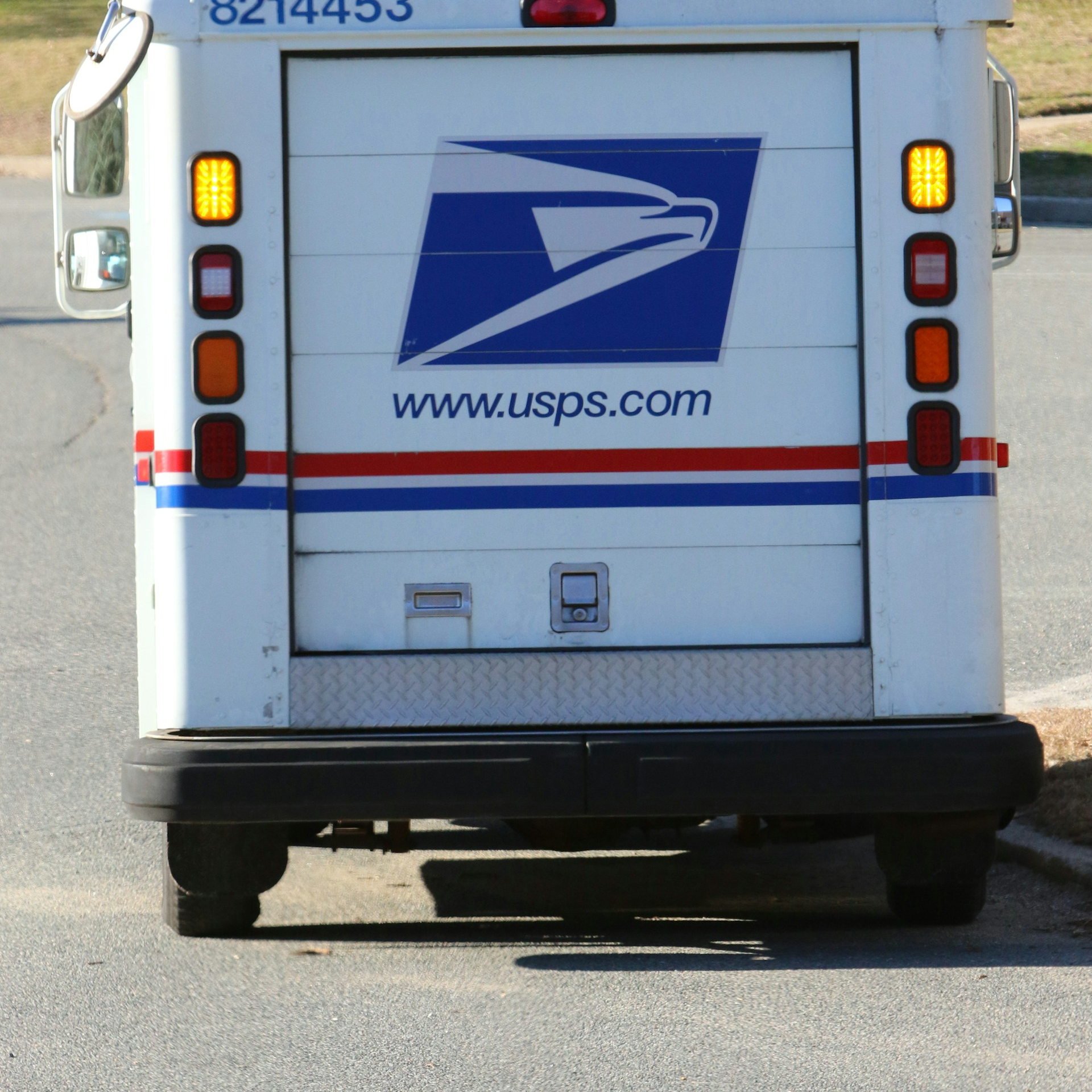Key Takeaways
-
Medicare Advantage plans available to Postal Service Health Benefits (PSHB) enrollees come with unique features that differ from traditional Medicare. Understanding these distinctions helps you make an informed choice.
-
Many PSHB enrollees who qualify for Medicare can find ways to coordinate their benefits effectively, leading to potential cost savings and enhanced healthcare coverage.
What You Need to Know About Medicare Advantage Plans Under PSHB
The Postal Service Health Benefits (PSHB) Program brings new healthcare options to postal workers and retirees, including access to Medicare Advantage (Part C) plans. If you’re a PSHB enrollee eligible for Medicare, you may be wondering how these plans work and what makes them different from Original Medicare. Let’s dive into five intriguing facts about Medicare Advantage plans available under PSHB so you can make an informed decision about your healthcare coverage.
1. Medicare Advantage Plans Under PSHB Work Differently Than Original Medicare
Medicare Advantage plans combine Medicare Part A (hospital insurance) and Part B (medical insurance) into one plan, often with additional benefits. Unlike Original Medicare, which is managed by the federal government, Medicare Advantage plans are administered by private insurance companies approved by Medicare.
For PSHB enrollees, this means that once you enroll in a Medicare Advantage plan, your healthcare services are managed within a network of providers. This can lead to different cost structures and coverage rules than what you’d find under Original Medicare.
How This Affects Your Coverage
-
You’ll generally need to use in-network doctors and hospitals for covered services.
-
Some plans include prescription drug coverage (Part D), while others may not.
-
Plans may require prior authorization for certain procedures or specialist visits.
2. Additional Benefits Are a Key Feature of Medicare Advantage Plans
One of the biggest advantages of Medicare Advantage plans under PSHB is the potential for additional benefits beyond what Original Medicare provides. Many of these plans offer coverage that helps improve overall well-being and quality of life.
Potential Benefits You Could Receive
-
Dental, Vision, and Hearing Coverage: Original Medicare doesn’t cover most dental, vision, or hearing services, but many Medicare Advantage plans do.
-
Wellness Programs and Gym Memberships: Some plans include fitness memberships or wellness incentives.
-
Telehealth Services: Virtual doctor visits and remote healthcare services are often included.
These benefits can make a huge difference in both convenience and cost savings, especially for PSHB retirees looking for more comprehensive healthcare options.
3. Medicare Advantage Plans Come with Cost-Sharing Differences
Medicare Advantage plans available to PSHB enrollees come with different cost structures than Original Medicare. While premiums, deductibles, and copays may be different, these plans often provide predictable costs for certain services.
Understanding Cost Differences
-
Out-of-Pocket Maximums: Unlike Original Medicare, which has no cap on out-of-pocket spending, Medicare Advantage plans have a yearly limit on what you’ll pay for covered services.
-
Copayments vs. Coinsurance: Some services may require a flat copayment rather than a percentage-based coinsurance, making costs easier to budget.
-
Deductibles: Some plans may have lower or waived deductibles when used in combination with Medicare Part B.
4. Medicare Enrollment Is a Key Requirement for Certain PSHB Enrollees
Starting in 2025, Medicare-eligible Postal Service retirees and their covered family members must enroll in Medicare Part B to keep their PSHB coverage. This applies to those who retire after January 1, 2025.
Why This Matters
-
If you delay Medicare Part B enrollment past your eligibility period, you may face late penalties.
-
Enrolling in a Medicare Advantage plan could provide a seamless way to integrate your Part A and Part B benefits into a single plan.
-
Some plans offer additional incentives or reimbursement programs for Part B premiums.
5. You Must Enroll During Specific Time Periods
Enrollment in Medicare Advantage plans is only allowed during certain periods, so it’s crucial to know when you can sign up.
Key Enrollment Periods for PSHB Enrollees
-
Initial Enrollment Period (IEP): This is your first chance to enroll in Medicare, starting three months before your 65th birthday and lasting three months after.
-
Medicare Open Enrollment (October 15 – December 7): This period allows you to switch from Original Medicare to a Medicare Advantage plan or change your existing plan.
-
PSHB Open Season (November 11 – December 13): This is when you can make changes to your PSHB plan, which may include choosing a Medicare Advantage plan.
-
Special Enrollment Periods (SEPs): Certain life events, such as retirement or loss of employer coverage, may qualify you for an SEP.
Making the Right Choice for Your Healthcare Needs
Medicare Advantage plans under PSHB bring new opportunities and benefits for enrollees, but understanding how they work is essential to making the right choice for your healthcare needs. Whether you’re looking for lower out-of-pocket costs, additional benefits, or a streamlined way to manage your Medicare coverage, these plans offer a compelling option.
To explore your options and ensure you’re making the best choice for your healthcare coverage, get in touch with a licensed agent listed on this website. They can help you navigate the available plans and find the one that fits your needs.













